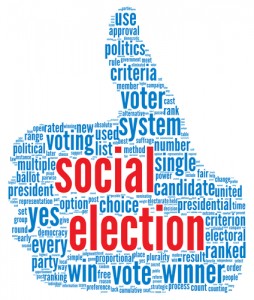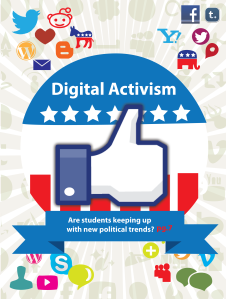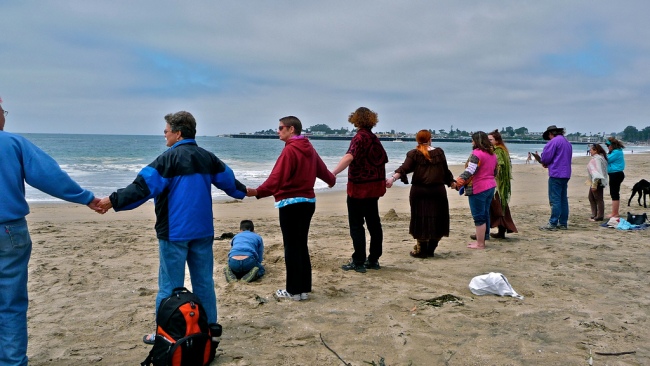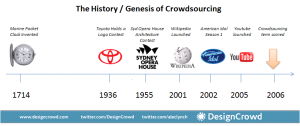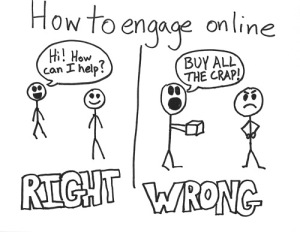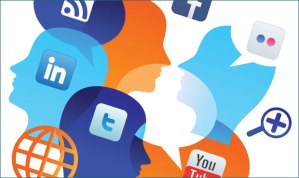 Hacking 101
Hacking 101
When US Navy warplanes returned to base after bombing missions during World War 2, engineers would use hacksaws to cut pieces off broken aircraft and apply them to good planes to get them to fly again. Thus, it is purported, the word “hacking” was born.
Unfortunately, for many, hacking conjures up images of something sinister. And if it’s criminal hacking—using software skills to steal credit card numbers from banking systems for example—then it is a bad thing. However, the contemporary use of hacking is largely positive. Today, millions of people apply their creativity through hacking to make software and hardware do amazing things for all of us. Hobbyists that hack everyday objects have created a new global movement of “makers.” Engineers hacking at software through twisting and flipping code are churning out innovation from companies new and old, and they are launching hundreds of start-ups each month that will drive America’s future economy.
If we are going to sustain America’s economic prosperity, we’re going to need a lot of hackers. Specifically, we’re going to need to inspire new generations of Americans to focus on Science, Technology, Engineering, and Math (STEM); competencies largely prerequisites to successful hacking. We’ll also need a healthy dose of creativity that will come from being exposed to various forms of art. So while our future is rooted in STEM, the A from art really makes it STEAM.
While the private sector has thrived for several decades through multiple generations of hackers, the public sector—not an historic context for innovation— is being exposed to the benefits of hacking for the first time through partnerships with private sector hackers and through making government data accessible by computer programs. An emergent and highly promising hacker movement for government is now well underway. Equipped with empowering skills, software engineers, data analysts, entrepreneurs, artists, and others are applying their profession and passion to helping to solve seemingly intractable civic problems. Bringing together these disparate worlds is, in fact, quite magical and transformational. Public agencies across our nation desperately need help, and a new movement of civic hacking is a bright spot outlier. Through a mix of non-for-profit organizations, motivated individuals, and enlightened public leaders, new solutions are emerging that solve problems ranging from parking to budgeting, from transparency to disaster responsiveness, and from potholes to accountability. It’s early, but the promise is inspiring.
The National Day of Civic Hacking
If we want to change the game entirely for government and our communities, we’re going to have to scale up this new movement of civic hacking. We need to formally launch it and inspire millions to be part of this public-private partnership of action. And that’s exactly what we intend to do on June 1, 2013.
Encouraged by the results of civic hacking events (often called hackathons) across the country over the past several years, including a notable and large event in downtown Palo Alto, California last year, the White House announced a National Day of Civic Hacking for the weekend of June 1 (Learn more here: http://www.hackforchange.org). Loosely guided by a small national team, cities across the country have been asked to consider holding an event that is commensurate with their experience and comfort level. These events can be run out of City Hall or led by individuals or groups within the community. The national guidance was clear: each event would be independent and managed locally.
CityCamp Palo Alto – June 1, 2013
For us in Silicon Valley, and particularly Palo Alto—where plans were already underway for a large hackathon event—we jumped at the opportunity to align our efforts with this historic, national event. A culture where hacking is embedded in its DNA would have to be an epicenter of this movement. As Chief Information Officer (CIO) for the City of Palo Alto, I felt an obligation—supported by our forward thinking City Council, Mayor, and City Manager–to step up and deliver a great event and a potential model for other cities. Our vision was to host an all-inclusive community event. We wanted everyone across our city to participate. Activities would need to be diverse enough to appeal to many different groups.
We pulled together a small core team to get working on the event, and also engaged our recently formed Innovation Council—a group of community volunteers helping to advise on decisions around civic innovation—to assist with idea generation and event planning. We opened up our contact lists to see which local enterprises, community partners, and businesses might be interesting in sponsoring the event.
After several months of planning we’ve designed a wide-ranging day-long festival of civic innovation. Much more than simply a hackathon for software developers, our event dubbed CityCamp Palo Alto, includes arts activities, hands-on making, displays of robots and electric cars, expert talks by notable speakers from across Silicon Valley, an idea hackathon, local bands, local food, and much more. In addition, we’re receiving support in many forms from a stunning array of public and private organizations.
Every event should leverage the qualities of their community. We’re privileged in Palo Alto to have an environment of such quality supporters to promote an event of this diversity.
What Can We Achieve on June 1?
We have three major goals for the National Day of Civic Hacking in Palo Alto.
- First, we want to support and promote the national movement. We believe in it and want to play an important role in its success.
- Second, we want to have an inspiring, engaging, and fun event for our community. This will be a first-of-a-kind festival that will be a mix of chaos and wonderment for everyone.
- Lastly, and most importantly, we want to begin an ongoing effort to connect civic problems to civic solvers. On June 1 we expect that people will discuss, brainstorm, create, and prototype solutions. But what happens the day after and beyond? Of course, we’ll host more events, but our central goal is to inspire the spark that creates momentum all of its own. If CityCamp Palo Alto inspires the creation of even one important solution for our community or one new start-up that focuses on civic innovation, we’ll all consider that a huge success.
For those of us lucky enough to be immersed in this space right now, we deeply recognize that something unique is happening. As more stakeholders get engaged, they are struck by the same thing. There is a lot to be concerned about in our country. There is a lot of negativity. Let’s be honest, there are large, complex problems to be solved. A national movement of civic innovation is a glimmer of positivity and a beacon of possibilities.
Join us on June 1 in downtown Palo Alto from 11am – 7pm. Will you inspire and be inspired?
For more information, go to http://www.hackpaloalto.org
Guest Columnist Dr. Jonathan Reichental is the City of Palo Alto’s Chief Information Officer and Founder and Co-creator of CityCamp Palo Alto
